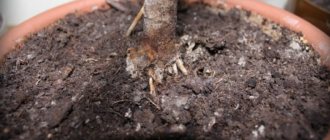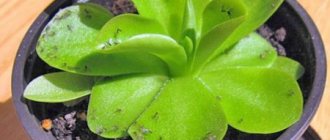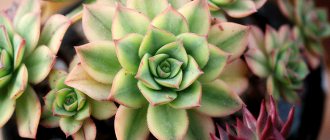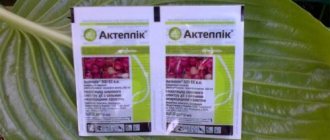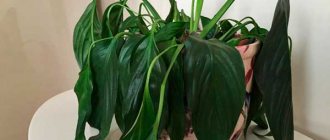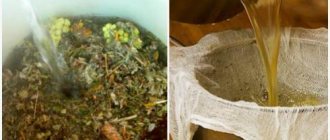If your family laughs at you because you talk to flowers, wiping the leaves and spraying the air around, if your neighbors admire that everything is blooming and growing, and fresh flowers are part of your life and interior, then this article will be useful for you. All “nerds” (in the good sense of the word) sooner or later have some kind of plant health problem. It often happens that small midges suddenly appear in the room, and it is not immediately clear that they live in their favorite ficus or violet. And they not only live there, but also bring certain inconveniences to the flower. Let's take a closer look at what these insects are, where they come from and how to get rid of them.
Whitefly - everything you need to know
The whitefly is an insect from the aphid family. Causes serious damage to plants by sucking sap. It is not difficult to discover that the whitefly has settled on indoor plants (the photo will simplify the task) by itself and is actively laying eggs. To do this, just touch the infected crop - white small midges will surround it with a dense cloud.
Female whiteflies reproduce by laying eggs away from direct sunlight, preferably on the underside of leaves. The larvae cannot fly, so they spend most of their time motionless, gradually becoming covered with a white coating. Under the influence of the pest, parts of the plant change shape, lose color and fall off over time.
In addition, the insect is a carrier of infections.
The most vulnerable to whitefly are delicate indoor plants:
In indoor conditions, the insect is capable of infecting these plants throughout the year, flying from one to another around the apartment or house.
What kind of midges live in indoor flowers?
Various insects can live in pots with plants. If you understand what pest you are facing, the fight will be more effective.
Black midges
These are sciarids, which are also called fungus gnats. They are very small in size, literally a few millimeters. The body is elongated, gray-black, the wings are transparent.
Adult insects are not at all dangerous. Plants are threatened by eggs that sciarids lay in moist soil.
The hatched larvae are approximately 3–5 mm long. They have a black head and a white body. They feed on organic matter rotting in the ground, but can also gnaw thin young roots of plants.
White midges
They are also called whiteflies or aleurods. Adults are approximately 2–3 mm long. Outwardly, they resemble a moth. They have two pairs of milky white wings covered with a flour-like coating.
Gary Chang
Insects lay light-colored and clearly visible eggs on the underside of leaves. With special pleasure - on the juicy ones. These are found, for example, in fuchsias, primroses, pelargoniums, poinsettias, hibiscus, and abutilons.
Hatched larvae, like adult whiteflies, suck juices from stems and leaves. Damaged areas are deformed, curled, and sticky dew appears on them. If measures are not taken, the plant will die.
Drosophila
These are fruit flies 2–3 mm long. Outwardly, they resemble ordinary flies, only very miniature.
Katja Schulz
Drosophila are not dangerous to the plant. They are more likely to annoy people, as they quickly multiply and scatter around the apartment.
Water correctly
